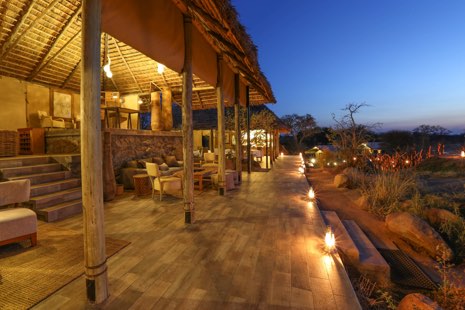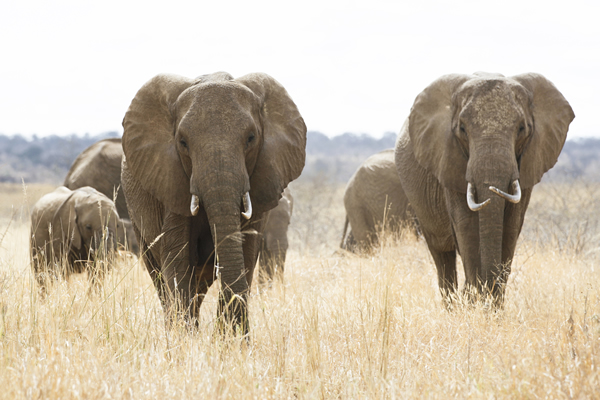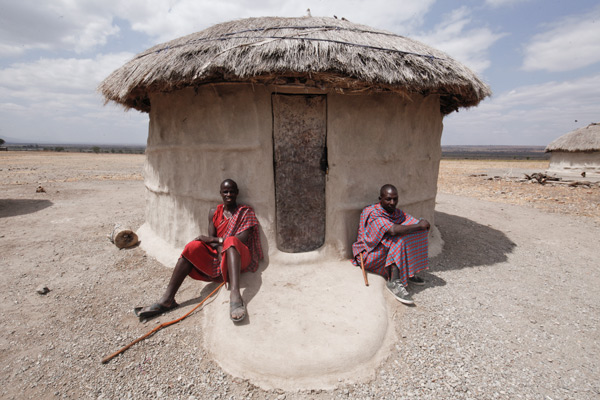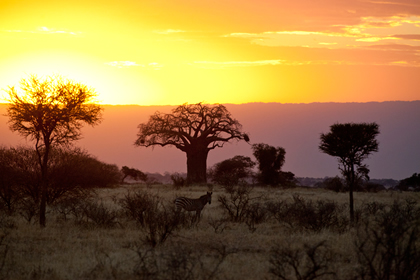Randilen
Randilen’s designation as a Wildlife Management Area in 2012 was a positive step for the protection of its vital grasslands. In addition to providing residence for species of lion, giraffe, and cape buffalo, Randilen serves as a dispersal area for elephants from Tarangire National Park and a dry season grazing bank for the livestock of its Maasai communities. Communities’ benefits are supplemented by revenue derived from entrance fees and high-end tourist lodges inside the protected area, which are used to fund local development projects.
Areas of Operation
Business Model
Randilen has individual contracts with five different tourism companies that operate lodges within the Wildlife Management Area. These contracts, in addition to entrance fees from nearly 7,000 visitors from July 2018 to June 2019, resulted in Randilen generating over $110,000 in revenue for the same period. Half of this money goes to Randilen’s member communities, while the rest is used to run the Wildlife Management Area. With revenues continuing to grow as Randilen gains greater name recognition and adds novel tourism products, its aim is to achieve financial independence by 2022.
Honeyguide assisted Randilen to develop a website. View their website here>


Wildlife & Habitat
What sets Randilen apart from other tourism destinations is the variety of rare animals that it hosts. While many of the most famous species of African wildlife can be found in Randilen, there are also lesser-known species such as oryx, greater kudu, wild dog, and the critically endangered pancake tortoise. Additionally, the Randilen habitat itself, a mixture of open savanna and acacia woodland dotted with tremendous Baobab trees, offers visitors with a consistently breathtaking view that is iconic of the African safari.
Residents
While visitors to Randilen enjoy an unforgettable experience of Africa’s natural beauty, the Wildlife Management Area’s ultimate beneficiaries are its 16,000 residents. Spread throughout eight villages bordering Randilen’s protected area, the residents are mostly Maasai who lead pastoralist or agro-pastoralist livelihoods. Pastoralist households benefit from being able to utilize the largest managed grazing area in Tanzania, while those with farms are also better off. In ten years, Randilen communities have gone from seeing 70 percent of crops destroyed by elephants to just 7 percent being damaged.



